
Alentejo will have the largest solar plant in Europe
The project will have to respect environmental requirements such as the planting of trees, the introduction of beehives and the ceding of the land for pasture.
We didn't find any happenings mapped to your criteria.
Try the traditional search to find articles not yet mapped with RUA.
We didn't find any happenings mapped to your criteria.
Try the traditional search to find articles not yet mapped with RUA.
We didn't find any happenings mapped to your criteria.
Try the traditional search to find articles not yet mapped with RUA.
We didn't find any happenings mapped to your criteria.
Try the traditional search to find articles not yet mapped with RUA.
The PISTA project is designed to help tourism agents in the Alentejo Region adopt sustainable solutions, based on the free sharing of knowledge and monitoring tools.
The PISTA is a project created in 2020 that promotes the aggregation and sharing of technical and scientific knowledge related to the sustainable development of tourism in the Alentejo Region. The aim is to inspire, support and empower regional tourism agents in transforming the territory into a sustainable tourist destination that is an international benchmark.
The information is available free of charge to any public or private sector agent or citizen, on a single platform: the PISTA Digital. It is “an intelligent system for sustainable tourism in the Alentejo and Ribatejo that aims to provide agents with a technological tool that contributes to their involvement in assessing the risks, costs, impacts and even the limits of their activity”, explains Jaime Serra, the researcher responsible for the project, in statements to Peggada.
For the researcher, “this deconstruction of knowledge and information, which is based on the pillars of rigorous methodology and science, is now available to civil society to contribute to the growth of civil society’s tourism literacy and, above all, to involve residents more and more in the process, so that climate action also takes place with each one of us. This is a message that we bring from the United Nations and that we want to perpetuate in public and private tourism policies.”
The platform is managed by the University of Évora, from the Alentejo Sustainable Tourism Observatory (ASTO), which is coordinated by the university in partnership with the Alentejo Regional Tourism Authority.
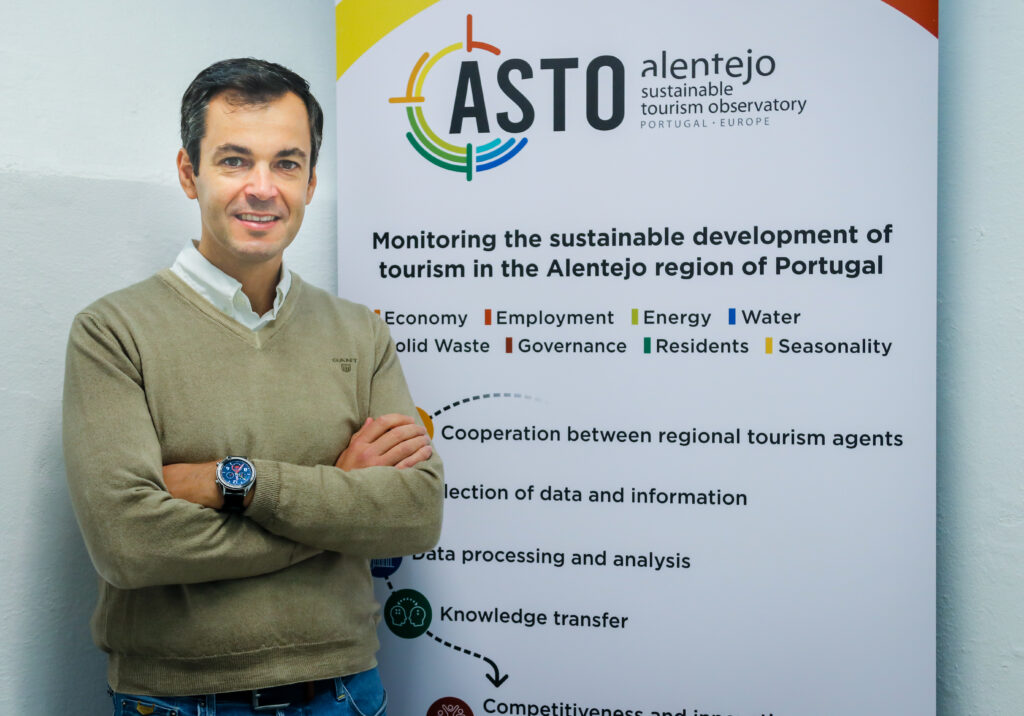
“It was the first [observatório] to be set up in Portugal, but today there are already five more in the country. We were the pilot in 2017 and that was a great lever for everything that is happening,” says the coordinator about ASTO, which is part of an international network of world observatories and is endorsed by the United Nations, through the World Tourism Organization.
Alongside the platform, the project also promotes various actions in the field of sustainable tourism, including the participation and organization of events, webinars, seminars and workshops to raise awareness and train regional agents.
Despite ending its initial funding in December 2022, the project “has left results and tools that have provided public and private agents with some working and monitoring instruments,” says Jaime Serra.
Looking to the future, Jaime Serra admits to submitting a new application “to measure exactly the impact of tourism on the Alentejo coast, due to the various effects that the sub-region itself has – from the luxury tourism that is springing up to immigration issues”.
The platform offers a wide range of data, from indicators for sustainable tourism, market analysis and tourism trends to studies and reports produced by national and international organizations.
It is also possible to consult information on the profile of visitors – collected by around 20 tourist offices in the Alentejo and Ribatejo regions, “which record every day, in real time, the influx to their tourist office” – and the residents’ perception of tourism in the region.
“Any resident can access this platform, answer a questionnaire and, in real time, consult the results on the perception of their NUT III regarding the social, environmental, economic and cultural impact of tourism,” says Jaime Serra.
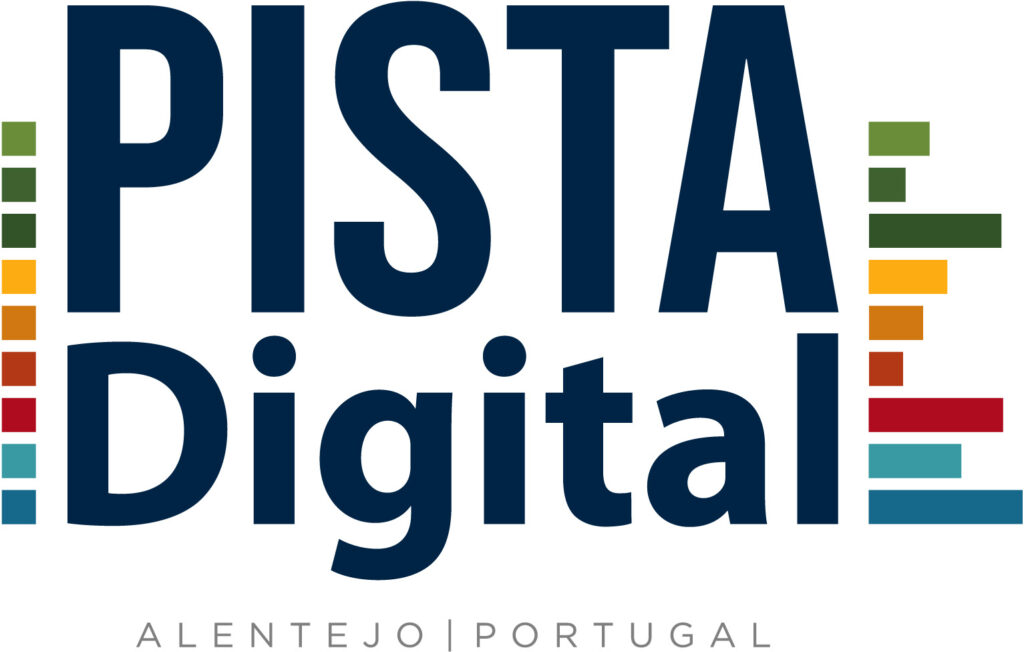
There is currently no direct funding for the platform, but the project is guaranteed for the next three years, with the backoffice being maintained by the researchers assigned to the observatory.
“The platform works on its own, since we have created an almost independent system anchored to our university chair of High Performance Computing. It sounds a bit strange, but what we did was try to find an internal solution that would allow PISTA Digital to have a technology behind data processing and storage of high volumes of data that was sustainable. As the university runs one of the fastest supercomputers in the country and even on the Iberian Peninsula, Oblivion, we were able to allocate the platform to this infrastructure funded by FCCN [serviços digitais da FCT – Fundação para a Ciência e a Tecnologia] and by European projects,” he describes.
The platform allows agents to store their data securely, “on a 24-hour server with the capacity to process a large volume of data simultaneously in real time”, the coordinator points out.
As the processing and storage capacities are smaller compared to, for example, astrophysics projects or other areas of science, “the associated costs are naturally much lower than they would be in a cloud or buying a server, which guarantees the sustainability of the project from a technological point of view”.
On the project’s website you can also find the PISTA Toolkit, a manual for implementing sustainable practices in tourism which helps organizations to implement “very simple daily practices” and “small measures of interrelationship with the local community”.
In total, there are 71 measures divided into seven areas of application: awareness, waste, purchasing policy, greenhouse gases, energy, water and social responsibility.
According to Jaime Serra, the manual aims to “promote a more sustainable destination without involving great costs, but with great returns from the point of view of what the impact of tourist activity is on the territories, especially in rural and inland territories, but also in territories that are on the coast (as is the case with the Alentejo coast, which has its own specificities)”.
“In addition to the digital transition, the focus is on reducing our footprint and raising awareness of the impact that this activity can have on territories like ours,” he explains. “We believe that we can reach the 2030 or 2050 targets set by the United Nations in each of the Sustainable Development Goals more quickly,” he adds.
Unlike many existing tools, the project didn’t want to create “a platform that was a business model”. “We wanted to create a publicly accessible platform so that civil society and stakeholders could use it freely and consciously, without having to pay for any service,” admits the project leader.
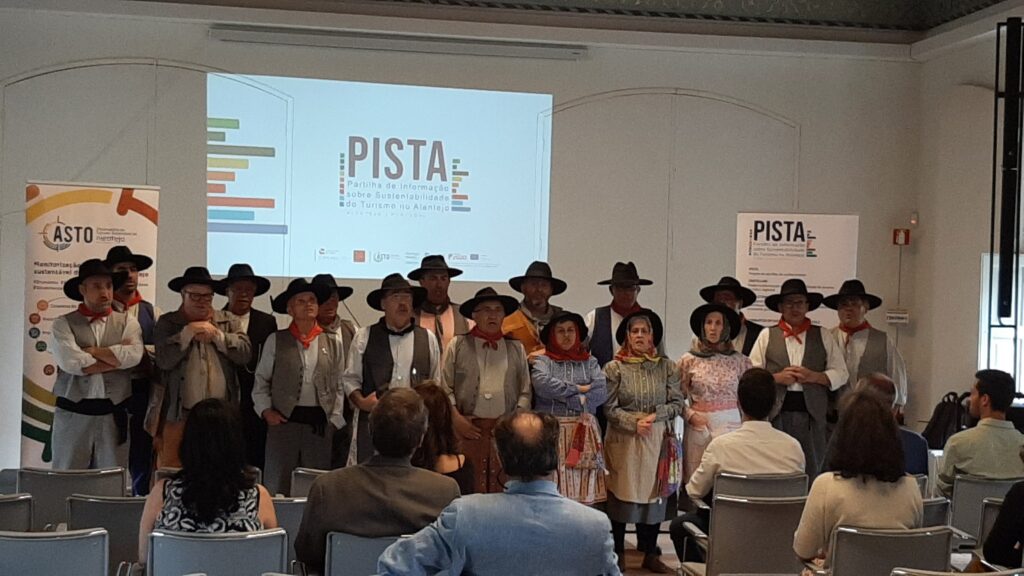
According to Jaime Serra, since the first half of 2024 the project has been working with around ten hotels (and some town halls) “on an experimental basis to measure [mensal] their energy consumption, waste production, waste and water consumption”, in what has been “a naturally slow process”.
Once the data has been entered, the PISTA Digital system returns a free analysis based on indicators (KPIs) – such as energy consumption per available room, per occupied room, average monthly energy consumption – and, at the same time, a benchmark. In other words, hotels “receive a benchmark related to some certification seals known in the market, such as Biosphere or the Green Key, and automatically the business owner has a reference as to whether they are above or below the indicators associated with a particular certification,” he explains.
“This interactivity is a win-win, in other words, there is no payment for using the platform. What you pay for is the supply of data and then solutions, a diagnosis,” says Jaime Serra. Despite being “a very difficult process for agents to get involved in”, due to the constant changes in daily “ways of working”, this practice “has resulted in very positive feedback from some of these entrepreneurs”.


The project will have to respect environmental requirements such as the planting of trees, the introduction of beehives and the ceding of the land for pasture.
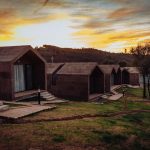
Peggada has made a selection of some of the most amazing and sustainable housing in Alentejo. Now, all you have to do is book and
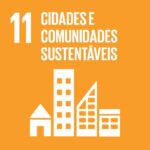
This article addresses an action that promotes change towards more inclusive, safe, resilient and sustainable cities and communities, helping toreduce the adverse environmental impact of cities.
 To discover businesses that are actively working to contribute to this Sustainable Development Goal, click here.
To discover businesses that are actively working to contribute to this Sustainable Development Goal, click here. To read news, interviews or tips related to this Goal, click here.
To read news, interviews or tips related to this Goal, click here.Esta publicação também está disponível em:
![]() Português (Portuguese (Portugal))
Português (Portuguese (Portugal))

